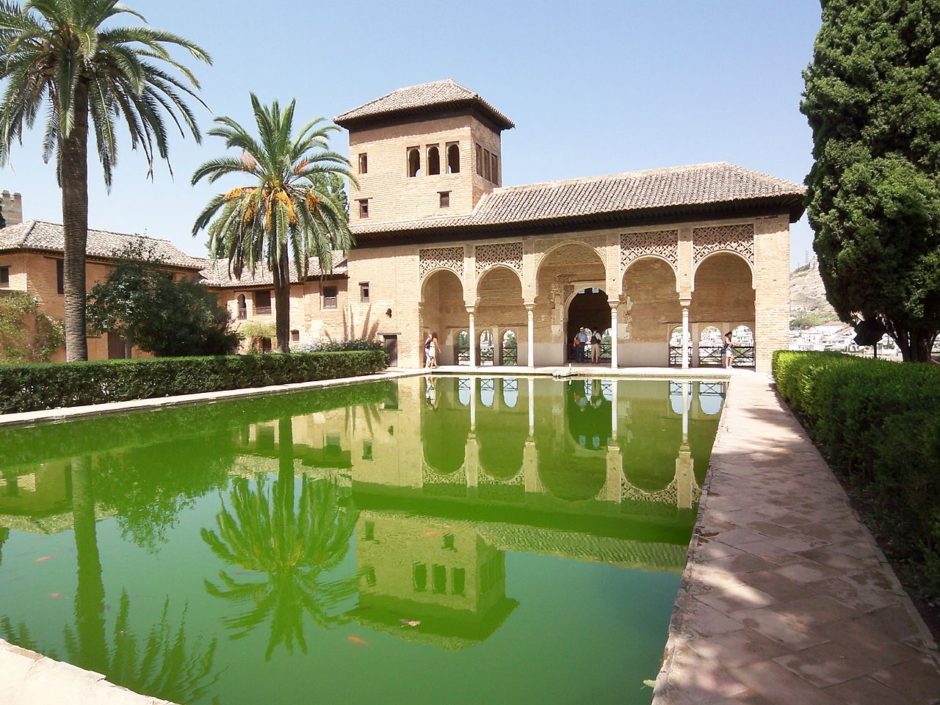Jews, Christians and Muslims in medieval Spain practically invented the concept of multiculturalism. For hundreds of years, long before it crumbled under the weight of the Inquisition, they lived together in comparative harmony and shared a common culture.
This golden era of coexistence, known as La Convivencia, took place in what the Muslims called Al-Andulus. It unfolded primarily in four major cities — Granada, Cordova, Seville and Toledo — from the Muslim conquest of southern Spain in 711 to the Christian reconquest of Spain’s last Islamic city state in 1492.
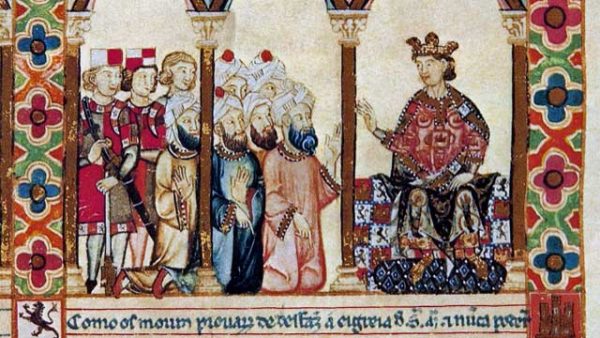
The Ornament of the World, a superb PBS documentary to be broadcast on December 17 from 8 p.m. to 10 p.m. (check local listings), explores this unique period through the prism of interviews with historians, animation, architecture and a trove of artifacts ranging from paintings and frescoes to manuscripts and tiles. Wide-ranging and absorbing, it’s based on Maria Rosa Menocal’s eponymous book.
Muslim marauders seized the southern half of Spain from the Visigoths, an intolerant Christian sect that mistreated minorities, especially Jews. One of these conquerors, Abd al-Rahman, arrived in Spain from Damascus and established himself in Cordova. Rahman did not require Christians and Jews to convert to Islam and allowed them to practice their respective religions. Rahman, however, subjected dhimmis, or religious minorities, to a poll tax in lieu of military service, restricted them to certain occupations, and expected them to acculturate into Muslim culture.
The arts and sciences flourished in this milieu of cooperation and collaboration, and despite an occasional outburst of anti-Jewish violence, this kind of of mutual tolerance could be found no where else in Europe on such a scale.
The allure of Arabic culture was so seductive that many Christians converted to Islam. It’s not clear whether Jews followed the route into apostasy as well.
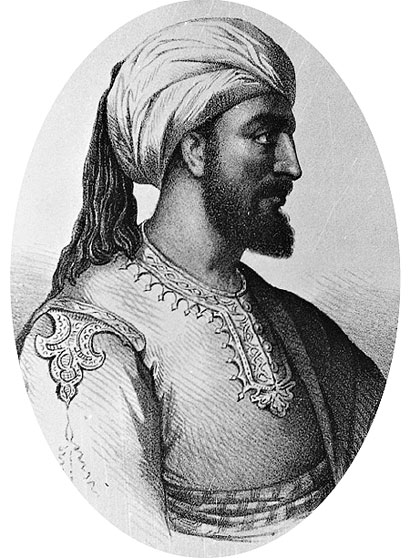
In 929, Abd al-Rahman III declared a caliphate, with its center in Cordova, the so-called “ornament of the world.” Clean and well run, with imposing mosques, grand buildings, libraries, lush gardens and orchards, it was Europe’s biggest city. It was a citadel of learning and, due to its extensive network of sewers, was one of the very few cities that did not give off noxious odours.
The Jewish community flourished, and one of its sons, Hasdai Ibn Shaprut, was Abd al-Rahman’s right-hand assistant.
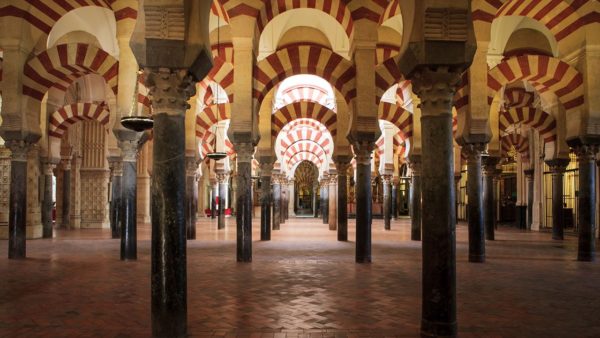
Cordova’s importance declined in the 11th century with the rise of Muslim city states. Around this time, Samuel Ha-Nagid, a Jewish poet from Cordova, left his hometown to settle in Malaga. Invited to the city state of Granada, he ascended to the position of vizier, becoming the most powerful person after the king.
Ha-Nagid’s son, Joseph, replaced him in the royal court, but his arrogant manner bred resentment and resulted in his murder and the destruction of the Jewish community in 1066. Joseph’s sudden death illustrated the precariousness of Jewish life amid Cordova’s splendor.
Toledo, a cosmopolitan and culturally rich Islamic city, was recaptured by a northern Christian king, Alfonso VI, but he respected its religious diversity and guaranteed freedom of worship. During the 12th century, Toledo experienced a renaissance, producing a school of Jewish and Christian translators who translated ancient Greek texts into Spanish.
With the launch of the Crusades, a tide of intolerance swept over the Iberian peninsula. Christian kings in the north plotted to rid Spain of Muslims and Islamic influences. From the 13th century onward, Christian armies reconquered Muslim-held cities and towns.
The 1391 massacre of Jews, beginning in Seville and spreading to Valencia and Barcelona, spelled the beginning of the end for Spanish Jewry. Jews willing to convert to Christianity were spared.

Granada, the last Muslim stronghold, resisted the Christian onslaught for 250 years before falling. Christian soldiers who entered the city in 1492 were amazed by its stunning architecture. The Alhambra, an astonishingly exquisite ensemble of buildings and gardens facing a snow-capped mountain range, was particularly impressive.
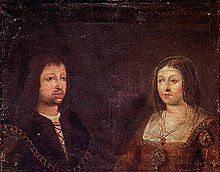
Shortly after Granada’s conquest, Jews were presented with an ultimatum by Queen Isabella and King Ferdinand of Castile and Aragon: convert or leave Spain. Amid the chaos, Muslim converts, the Moriscos, fell under a cloud of suspicion.
With these doleful events, La Convivencia drew to an inglorious close, never again to be revived in Spain.
